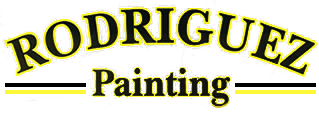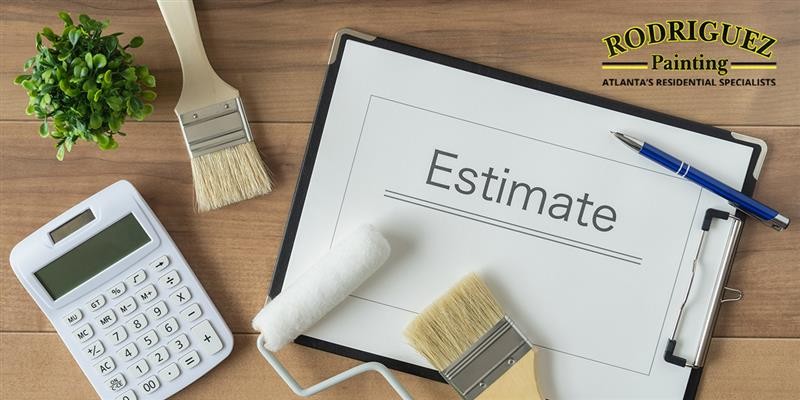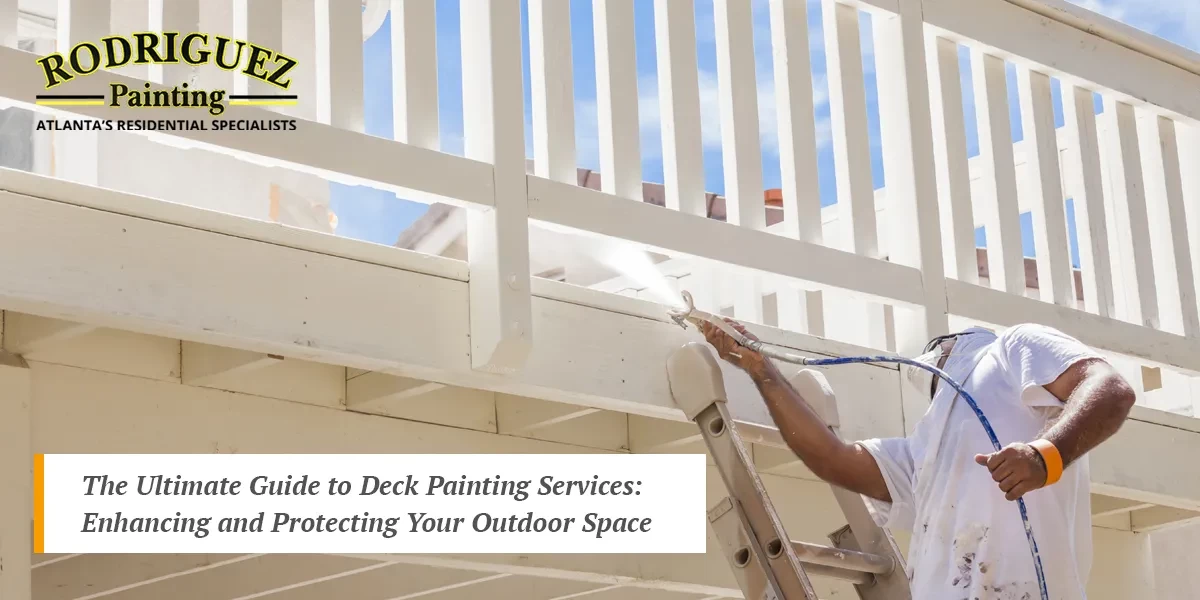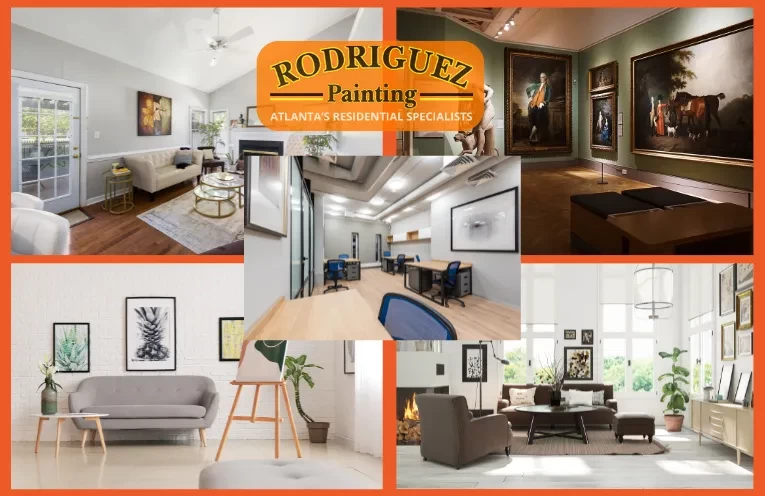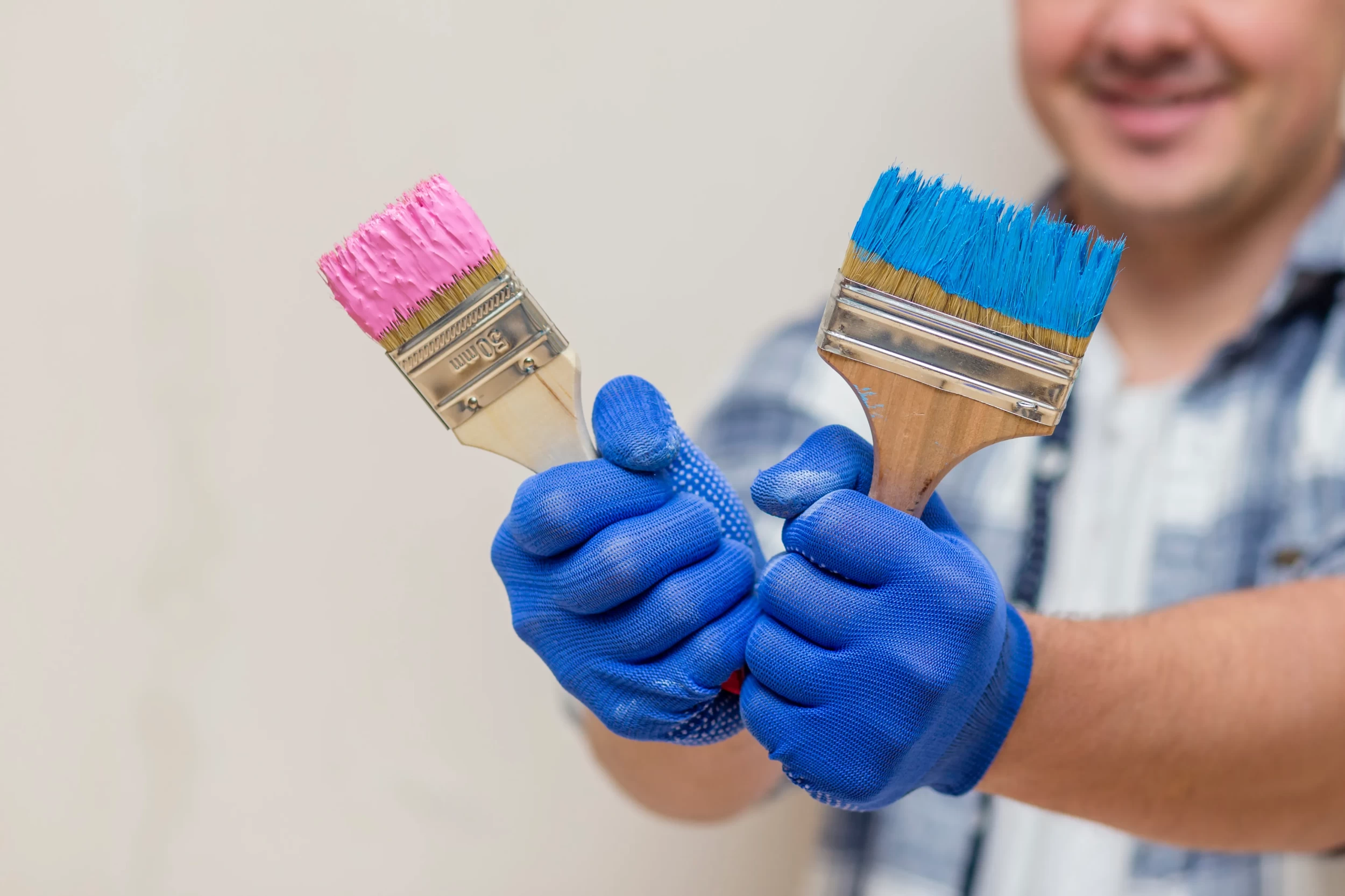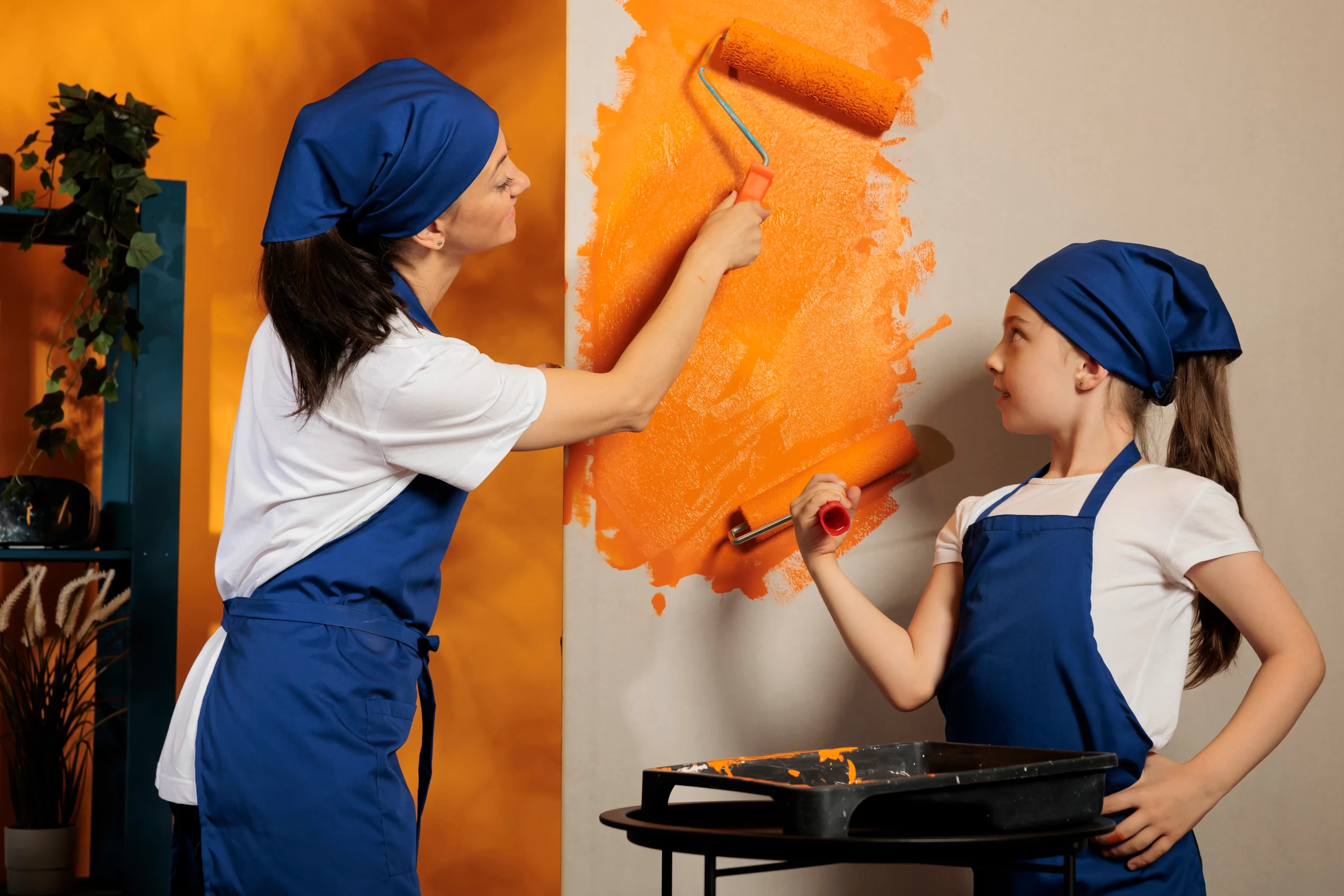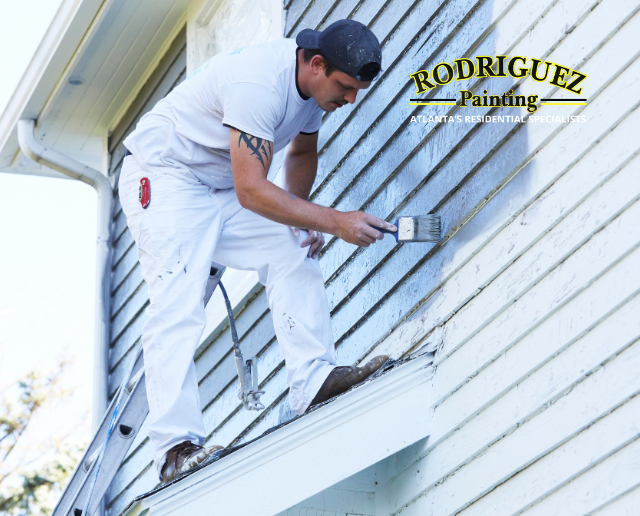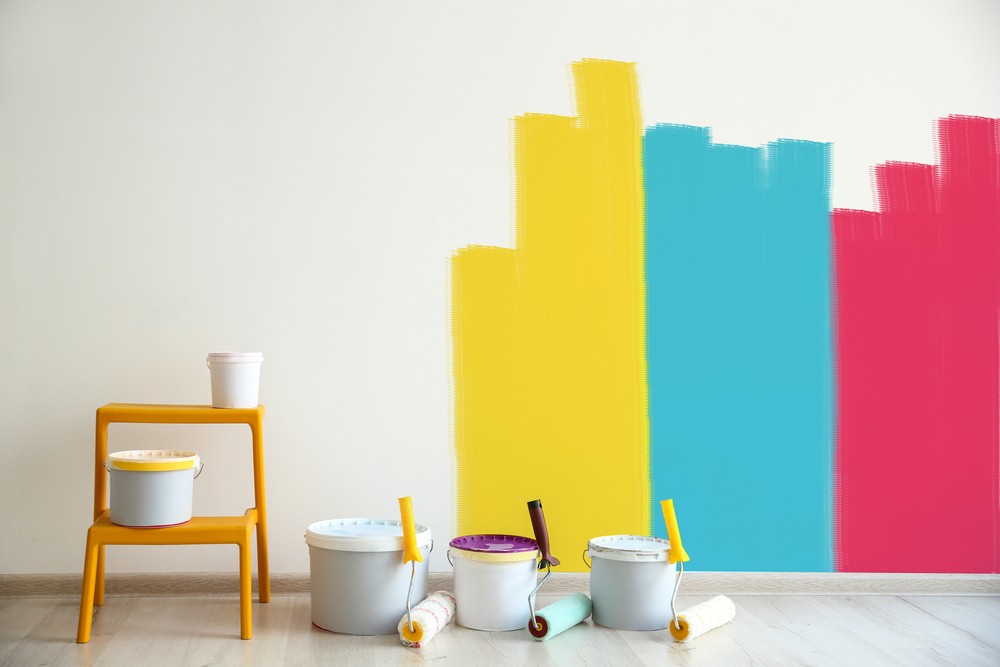
Table of Contents:
Summary:
This guide explains the key factors. They affect the cost of commercial painting. It covers project scope, surface prep, paint quality, labor, and location. Understanding these elements helps in accurate budgeting and decision-making. Rodriguez Painting provides detailed estimates and consultations for commercial painting in Kennesaw, GA.
These projects can be complex and tough. Many factors add to the cost. You may be renovating an office, refreshing a store, or updating a building. Understanding the elements that influence pricing is crucial. It's key for budgeting and decision-making. This is a full guide. We'll cover the key factors that affect commercial painting services and costs. It will help you make smart choices for your project.
Project Scope and Size:
The overall cost of any company's painting project is mostly influenced by its size and scope.
Square Footage:
The total square foot of the area to be painted is one of the essential elements impacting the expense. Bigger spaces need more time, labor, and materials. This makes them more expensive than smaller projects.
Building Height and Accessibility:
The height of the building and accessibility to certain areas can also impact the cost. Painting tall buildings or tight spaces may need extra equipment. This equipment, like scaffolding or lifts, can raise costs.
Interior versus Exterior Painting:
Painting projects for a building's outside costs more than for its inside. This is because of factors like weather, prep, and the need for special coatings or techniques.
Surface Preparation:
Proper surface prep is crucial for pro and long-lasting paint. But, it can also raise the cost.
Cleaning and Repairs:
Before painting can start, clean the surfaces. Then, do any needed repairs, like patching drywall or fixing wood. These preparatory tasks can add to the labor and material costs.
Paint Quality:
The paint quality you choose can greatly affect your project's cost.
Paint Brands and Types:
The cost of different paint brands (like level, silk, and semi-sparkle) vary. Better paint may cost more. But, it can cover better, last longer, and perform better.
Low vs. High-Quality Paints:
Low-quality paints seem cheaper at first. But, they need more coats and repainting. This raises long-term costs. High-quality paints are more expensive upfront. They provide better coverage, longer-lasting results, and lower maintenance costs.
Labor Costs:
Labor is a big part of painting costs. It can vary based on many factors.
Crew Size and Experience:
The size and experience level of the painting crew can impact labor costs. Larger crews may complete the project faster, but may also have higher hourly rates. Experienced painters may charge more. But, they can deliver better results and finish faster.
Timeframe and Scheduling:
The timeframe and scheduling of the project can also influence labor costs. Rushed projects and those needing weekend or evening work may have extra fees. They may also have overtime charges.
Additional Services:
Some commercial painting projects may need extra services. These include wallpaper installation, faux finishing, or special techniques like staining or glazing. These extras can add to the overall labor costs.
Location and Access:
The location of your property can also impact the cost. So can the ease of reaching the painting areas.
Urban vs. Rural Settings:
Painting projects in cities may cost more. This is due to things like parking fees, permits, and logistical challenges. Rural places may have lower costs. But, they may need extra crew travel.
Building Access and Logistics:
The accessibility of the building and painting areas can affect the cost. These projects have limited access or complex logistics. They have many entry points or high-traffic areas. They may need extra planning and preparation. This will increase labor costs.
Workspace Preparation:
The need for workspace preparation depends on the commercial setting. It's needed to protect equipment, furniture, or sensitive areas. This is from paint overspray or debris. This preparation can add to the overall project cost.
Pros and Cons of Commercial Painting:
- 1. Introduction
- 2. Project Scope and Size
- 3. Surface Preparation
- 4. Paint Quality
- 5. Labor Costs
- 6. Location and Access
- 7. Pros and Cons of Commercial Painting
- 8. Conclusion
- 9. FAQs
-
Pros
Cons
Enhances the appearance and professionalism of your business
Regular maintenance and repainting may be required
Protects surfaces from wear and tear
Improves indoor air quality and creates a healthier environment
Conclusion:
It's critical to understand the variables influencing commercial painting prices. It is essential for precise decision-making and budgeting. Every component is essential. They determine the overall price. This covers the extent, preparation, paint grade, and labor expenses. Our team of skilled home painting contractors in Kennesaw, GA is Rodriguez Painting. We are committed to providing precise price quotes. They will cover all your business painting tasks.
FAQs:
Q1: How can I calculate the price of painting my business?
To estimate the cost, consider factors. These include the total square footage, prep needs, paint quality, and project complexity. We recommend contacting us for an on-site evaluation. It will be detailed and give an accurate quote. The quote will be tailored to your project requirements.
Q2: Can I save money by using lower-quality paints for my commercial painting project?
Lower-quality paints may seem cheap at first. But, they need more repainting and maintenance. This can raise long-term costs. To get better coverage, lasting effects, and durability, we advise buying premium paints.
Q3: What are some ways to reduce business interruptions? They should be used during a commercial painting project.
A3: Proper planning and communication with your painting contractor are key. We work closely with our clients. We make a detailed schedule and plan to prepare their workspace. This allows us to minimize disruptions to their business during the project.
